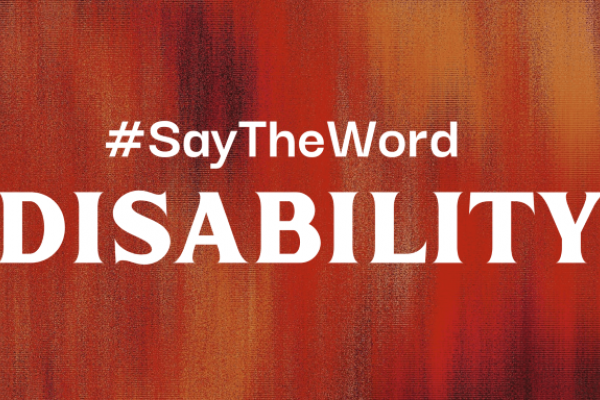READ THE ENTIRE OCTOBER 2022 EDITION OF INSIDE EQUAL ACCESS
This article originally appeared in the October 2022 edition of Inside Equal Access.
 By: Beth Nahlik
By: Beth Nahlik

Language is powerful. WeŌĆÖve talked about it before here on Inside Equal Access, and weŌĆÖll do it again. Language can connect or divide, building bridges or barriers. It can make us feel invisible, or warm and welcome, and seen in the best of ways. That is why and other disability activists want you to #SayTheWord. Go ahead, say it. DISABLED.
Despite the fact that millions of Americans, and college students, have some type of disability, there still exists an unwillingness and unease to bring disability to the forefront of conversation and dialogue. Carter-Long started the #SayTheWord movement to bring attention to the language we use in thinking about disability. In an interview with (2016), Carter-Long points to the freeing power of language, counter-storytelling, and the importance of truly recognizing fundamental differences in how minoritized people - disabled people - move through the world: ŌĆ£We've got to get real about both the positives and the negatives that surround it. DISABLED. #SayTheWord is an attempt to facilitate that kind of understanding and perspective, to interject a disability consciousness into everyday situations that, thus far, too many have been able to ignore or take for granted."
So, how did it feel to say it? Any discomfort or surprise? Perhaps DISABLED is part of your regular vocabulary. Perhaps you are part of a generation that was taught to say, handicapped, handi-capable, or differently-abled. What we do know is that many of these euphemisms were created by ŌĆ£well-intentionedŌĆØ non-disabled people to avoid their own discomfort. Avoiding the term disability reinforces shame and stigma and moves toward cultural erasure. The voices of the disability community are loud and clear, so go ahead #SayTheWord.
